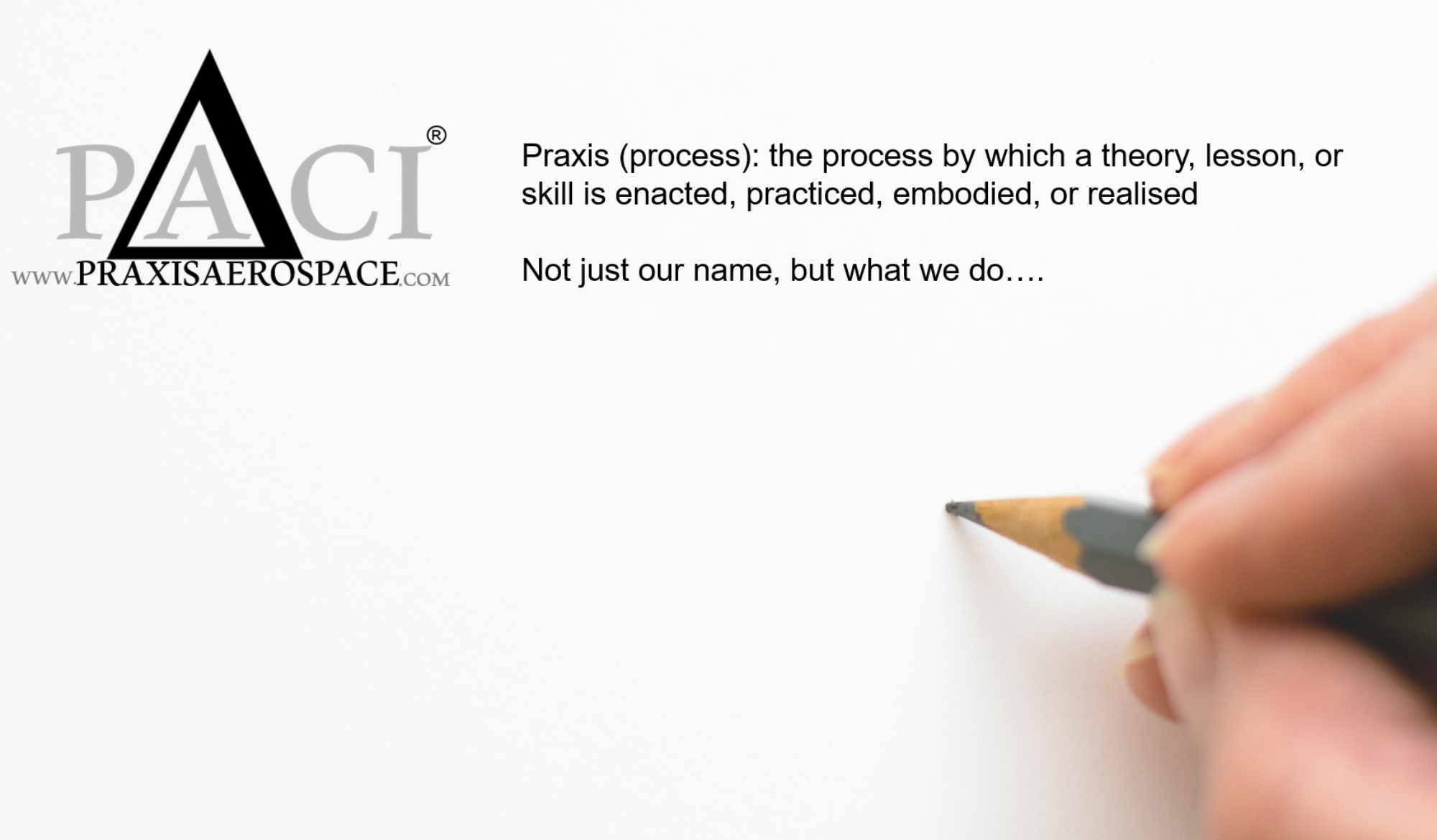For years now, a number of wireless players have been promising that there is demand among enterprises and others for private wireless networks. The argument is that utilities, cities, manufacturing companies and others have specific applications that can’t or shouldn’t run over public wireless networks, and so they will need to build their own networks—and will spend money to do it.

Specifically, Praxis Aerospace Concepts International (PACI) said it inked a long-term lease for Access Spectrum’s Upper 700 MHz A Block in remote locations in Nevada, Arizona and Utah. Jonathan Daniels, PACI’s CEO, said the company will use the spectrum to fly drones.
“I’m pretty excited,” Daniels said.
Turns out there’s some reason to be excited. The Federal Aviation Administration generally doesn’t allow drone pilots to fly the gadgets into places where they can’t see them. But Daniels said PACI is one of only a handful of companies that has obtained authorization from the FAA to conduct “non line of sight” flying, largely due to the company’s use of 700 MHz spectrum that won’t suffer from interference from other users. That means that PACI’s pilots will be able to install cameras on their drones and fly the drones by watching the real-time video (transmitted over PACI’s 700 MHz network) from the cameras.
“It gets us a longer string for our telephone,” Daniels said of the 700 MHz spectrum PACI is leasing from Access Spectrum. He said he expects the drones to be able to fly 30 to 50 miles using the system.
Daniels said PACI is already in the process of building a wireless network for its drone flights, and is considering LTE and other wireless network technologies. He declined to name the company’s equipment vendors. He added that PACI plans to use the drones to conduct power line and solar farm surveys in the areas, as well as to offer drone flying classes for aspiring pilots.
Read the original story from Fierce Wireless here






